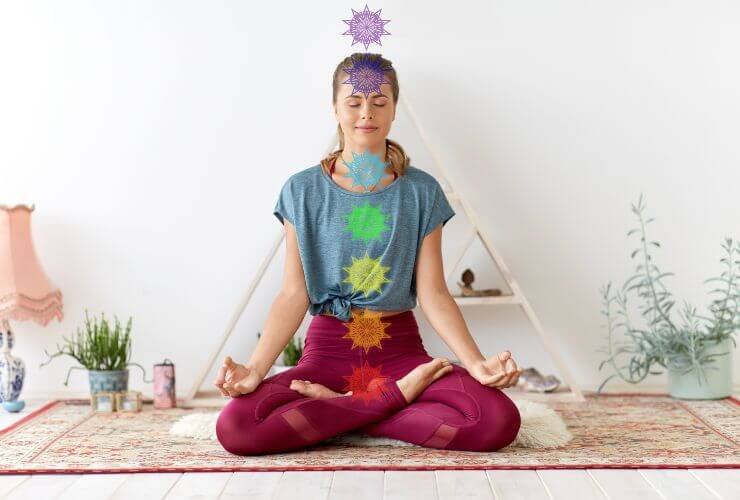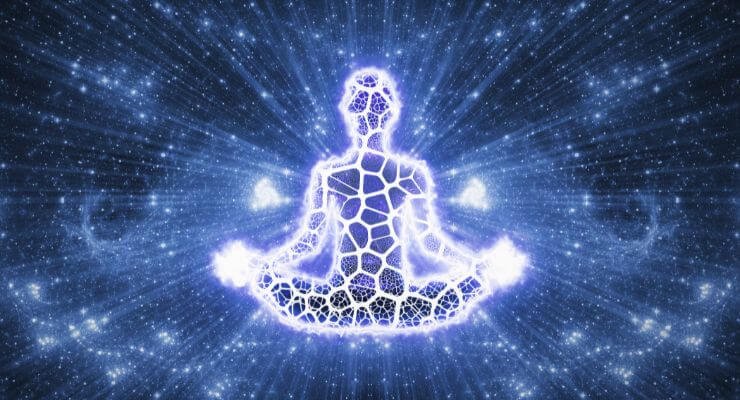Siddhasana, often referred to as the Accomplished Pose, is a traditional seated position used in meditation practices. While it is known as the Accomplished Pose for men, it is suitable for all genders, offering a stable and comfortable posture for prolonged meditation and breathing exercises. This asana is highly revered in the yogic tradition for its ability to aid in the awakening of Kundalini energy.
How to Do Siddhasana (Accomplished Pose for Men)
- Starting Position: Sit on the floor with your legs extended forward and spine erect.
- Forming the Pose: Bend your left knee, bringing the heel as close to the perineum as possible. The sole of the foot should rest against the inner thigh.
- Placing the Second Leg: Bend your right knee, placing the right foot above the left ankle. The right heel should press against the pubic bone, with the toes tucked into the crevice between the calf and thigh of the left leg.
- Spinal Alignment: Ensure your spine remains erect, shoulders are relaxed, and hands rest on your knees or in your lap in a mudra of choice.
- Focus and Breathing: Close your eyes or soften your gaze, focusing on your breath. Maintain deep, steady breaths to facilitate a meditative state.
Benefits of Siddhasana
- Stabilizes Energy Flow: Siddhasana is believed to help in the control and stabilization of sexual energy, redirecting it for spiritual practices.
- Enhances Concentration: This pose is ideal for meditation, helping to calm the mind and enhance concentration and focus.
- Improves Flexibility: Regular practice gently stretches the hips, thighs, and groin, improving overall flexibility.
- Stimulates the Muladhara Chakra: It is said to stimulate the root chakra, which is linked to grounding and stability.
- Aids Digestive System: The position of the legs and upright torso can help in improving the efficiency of the digestive system.
Contraindications
- Knee and Ankle Injuries: Those with existing knee or ankle injuries should proceed with caution or avoid this pose.
- Lower Back Pain: Individuals with significant lower back issues may find this pose challenging; using a cushion for support can help.
- Tight Hips: If you have very tight hips, you may find this pose difficult at first. Gradual progression and hip-opening exercises can improve accessibility.
Modifications and Tips
- Cushion Support: Sitting on a cushion or folded blanket can elevate the hips, making the pose more comfortable and accessible.
- Gradual Progression: Begin with shorter durations and gradually increase as your comfort and flexibility improve.
- Alternate Leg Position: Practitioners can alternate which leg is on top or in front to maintain balance in the body.
Conclusion
Siddhasana offers a profound base for meditation and spiritual practices, embodying the essence of stability, concentration, and inner peace. Its benefits extend beyond the physical, touching on mental and energetic aspects of the practitioner’s being. As with any yoga practice, listening to your body and approaching each pose with mindfulness and respect for your limits is essential.




